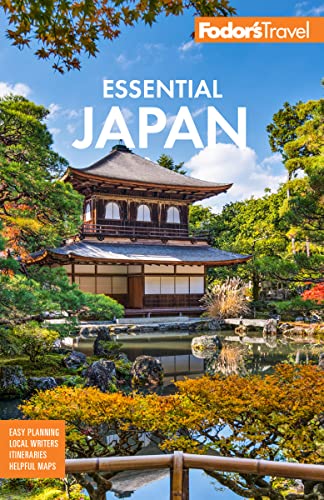Festivals in Nagoya
Nagoya and the surrounding cities host a wide variety of matsuri (festivals) throughout the year. Running the gamut from chaotic to tranquil and beautiful to bizarre, these events bring the culture and traditions of the area to life in ways that castles, museums, and temples cannot. Whenever you visit check with the tourist information center or Nagoya International Center for upcoming festivals. All the events that follow are free.
February
Hadaka (Naked) Festival. For 1,250 years, thousands of men aged 25 and 42 (unlucky ages in Japan) have braved the winter cold wearing nothing but fundoshi (loincloths). Their goal, in an event that regularly results in serious injury to participants, is to touch the shin otoko (the one truly "naked man") and transmit their bad spirits to him before he reaches Konomiya shrine and submits to cleansing rituals. Eagerness to achieve this task often leads to stampedes, but the crowds of more than 100,000 are well protected from harm. The festival is held at varying dates in February, on January 13 of the lunar year—contact Nagoya City Tourist Information Center in JR Nagoya Station for details. Konomiya Station is 15 minutes north of Nagoya on the Meitetsu Gifu Line, and the shrine is a 10-minute walk from the station.
March
Honen Festival. The 1,500-year-old Tagata-jinja in Komaki is home to one of Japan's male fertility festivals. On March 15 large crowds gather to watch and take pictures of a 6-foot, 885-pound owasegata (phallus) being carried between two shrines and offered to the kami (god) for peace and a good harvest. The festival starts at 10 am and climaxes with face-size "lucky" rice cakes being tossed into the crowd just before 4 pm. Visitors who get hungry before then will find plenty of street stalls selling phallic snacks, including chocolate-coated bananas. The closest station is Tagata-jinja-mae on the Meitetsu Komaki Line. Change at Inuyama if you are traveling from Nagoya. The train takes one hour.
July
Owari Tsushima Tenno Festival. The main feature of this charming, low-key event is five wood-and-straw boats decorated with 365 paper lanterns (for the days of the year) arranged into a circular shape and 12 more (representing the months) hanging from a mast. The 500-year-old festival occurs over two days on the fourth weekend in July. Haunting traditional music accompanies the boats as they drift around the river and the lanterns and fireworks reflect in the water. Tsushima is 25 minutes west of Nagoya on the Meitetsu Bisai Line. Follow the crowds west from the station for about 15 minutes to the shrine and festival area.
August
Domannaka. More than 20,000 dancers in troupes of up to 150 each arrive from all over Japan to take over Nagoya's public spaces. Started in 1999, this energetic festival has rapidly gained popularity. It mixes hip-hop beats with spiced-up traditional dance moves and colorful costumes. Domannaka takes place over a weekend in late August.




